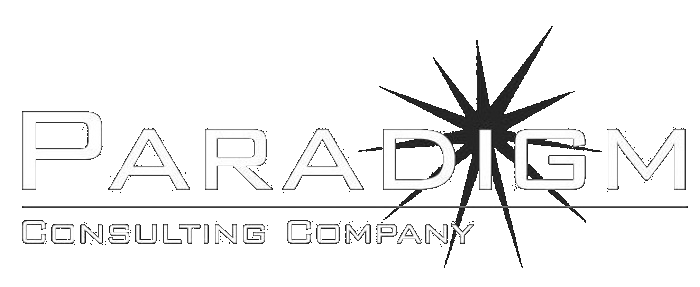While several of our clients are involved in legitimate bulk emailing, some are not following these simple rules, making them “junk emailers” or “spammers.” When I say legitimate, I mean that the messages are not unsolicited spam or junk mail messages. But what constitutes junk? One person’s idea of junk might be another person’s “valuable message for our customers.” How do you know what’s what?
As one of my colleagues says, “it’s not about the content, it’s about the consent.” Quite simply, it doesn’t matter how important your email is, or how important you think it is. If it wasn’t requested by the recipient, or they did not ask for your marketing emails, it can be considered spam or junk mail.
When people receive any email, they normally have the option to report messages as spam back to their ISP or email provider. These reports get collected and sent to spam reporting companies who compile lists of email servers, IP addresses, and domains which are generating spam. If your server, IP address, or domain gets flagged as a spammer, you can be blacklisted, which can result in your emails being rejected, even by people and businesses you deal with regularly, for days or even weeks!
 So how can you avoid being a spammer? There are several steps, most of them relatively simple, to ensure this.
So how can you avoid being a spammer? There are several steps, most of them relatively simple, to ensure this.
- Use a legitimate email list. By this, I mean one that you assembled yourself, not something you bought, and not something you assembled out of various correspondences or subterfuge, such as automatically adding people to a list when they contact you, or buy one of your products. This behavior is a violation of the 2003 CAN-SPAM act. In other words, it’s illegal and you can be fined for it.
- Be legitimate. If you’re trying to sell something, say you’re trying to sell something. Although you can be subtle about it, don’t mask the fact, and don’t pretend to be selling something you’re not.
- Send your email in plain text. Most marketing departments will nix this immediately, so if you are going to send HTML (pretty pictures and colors) email, be sure that it is standards-compliant and well-formed. Be sure whomever is creating your HTML emails knows what this means and can verify this if you don’t.
- Display your domain name’s registration information publicly. Don’t hide behind a proxy domain name registrar to keep your information private, as it makes you look like you’re a spammer who is trying to hide something.
- Use consistent “from” email addresses, e.g., “[email protected].”
- Set Sender Policy Framework (SPF) records for your domain. SPF is a system which defines what email servers are allowed to send email on your behalf, which helps prevent unauthorized mail servers forge your addresses (which would allow spammers to pretend to be you, and make you look bad).
If any of these sound too technical for you to handle on your own, contact us today and request a free audit of your bulk mailing practices so that we can assist you further to be compliant and, more importantly, to avoid an unplanned outage of your email system.
References:


Comments are closed.